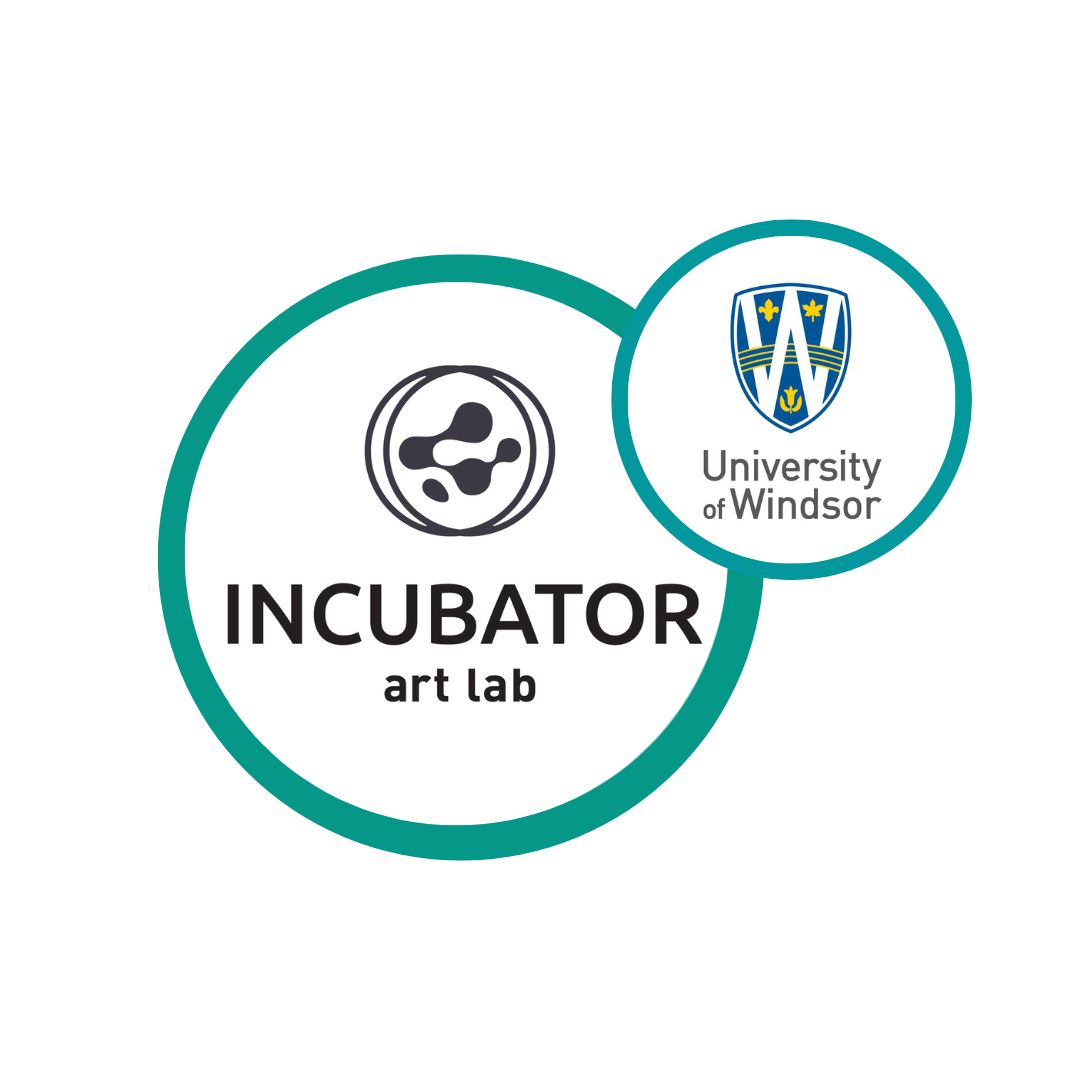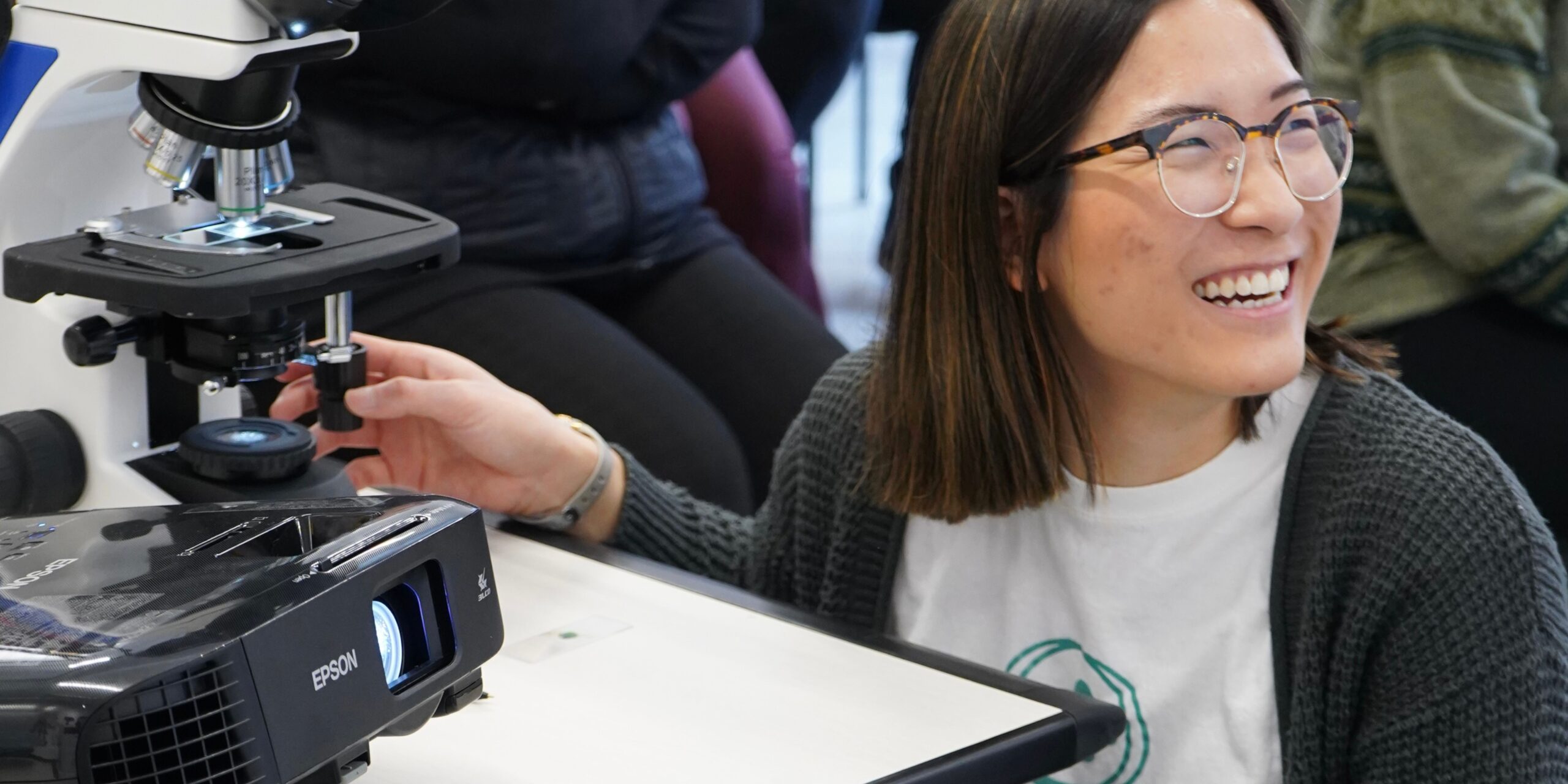Bridging Science and Art: My experience as the Lab Technician for INCUBATOR Art Lab
By Abbey Morris
If you’re like me, bioart may be a relatively new term for you. What the heck is it? Bioart is an artistic genre that uses biological materials such as algae, bacteria, fungi, and other living organisms as well as biotechnology methods such as microscopy, genetic engineering, and plant tissue culturing, to create artwork. While the field of bioart can be traced back as far as the 1920s when Alexander Fleming created ‘germ paintings’ to help with the discovery of penicillin, many people have never heard the term bioart let alone tried it for themselves. Spanning the intersection between art and science, bioart can be used to evoke emotions and thoughts surrounding our relationship to the world in which we live and to raise ethical questions about social and cultural norms. Creating art using materials from our bodies and our environments allows us to tell whimsical and fascinating stories while sharing scientific information. The interdisciplinary nature of bioart provides an entry point for people who want to explore new methodologies or who may not want to be confined to one field or the other. Combining art and science opens up a whole new world of possibility.


As a Science Communicator, I was very intrigued when I first learned about INCUBATOR Art Lab. The reason I went into my field is that I have always had passions for both art and science, but I never felt like there was a place for them to intersect until I learned about Science Communication. In my position as the Bioart Lab Technician, I learned a lot about how I could use art as a medium to communicate science. Dr. Jennifer Willet, the lab director, provides unique engagement opportunities for people to participate in bioart, including her undergraduate course, BIOART: Contemporary Art and The Life Sciences. This course is open to students in any discipline and does not require previous lab or art experience. As someone who grew up thinking that I had to choose between art OR science, I would have loved the opportunity to take this course when I was in school. As a science communicator, my goal is to strategically distill scientific information into clear, concise, and digestible communication outputs. One way this can be done is through art. Both science and art spark curiosity, instill moments of awe, and when done right, leave us with a new or broadened perspective. By telling stories, employing rhetorical devices, and leveraging principles of design, I believe that art can help to break down the barrier between the ivory towers of academia and the so-called “general public”.
In addition to providing health and safety training to students and staff, and maintaining/monitoring the lab, I was able to facilitate public bioart workshops, create social media posts about science communication, and help to install a bioart exhibit at Art Windsor-Essex. In the 8-month period that I served as the Bioart Lab Technician for INCUBATOR Art Lab, I gained knowledge and experience that I will carry with me throughout my career. From painting with algae, fabricating with bioplastics, and looking at my microbes under the microscope, I had a wonderful time exploring the magical world of bioart.
To learn more about Abbey link below!
Instagram @abs.mor
Website: https://abbeymor.wixsite.com/home
Image Credits
1) Abbey Morris, 2023.Image Credit: Cri Kosti.
2)Abbey Morris, Bioart Class, 2023.
2)Team Picture, When Microbes Dream at Art Windsor-Essex,2023.


